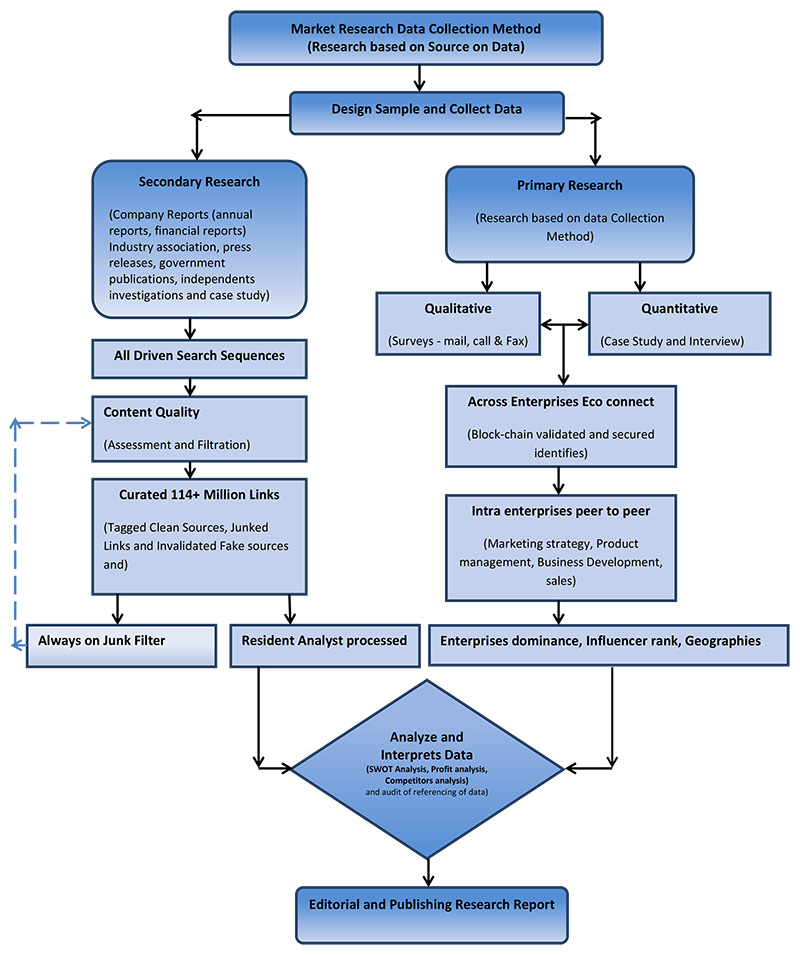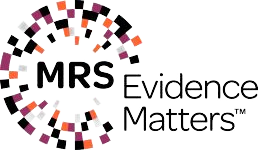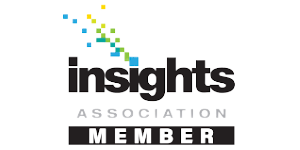Global Glycosylation Analysis Services Market – Overview
- The report will cover the overall analysis and insights in relation to the size and growth rate of the “Global Glycosylation Analysis Services Market ” by various segments at a global and regional level for the 2014-2030 period, with 2014-2019 as historical data, 2020 as a base year, 2021 as an estimated year and 2021-2030 as forecast period.
Global Glycosylation Analysis Services Market – Introduction
- Glycosylation is a critical function of the biosynthetic-secretory pathway in the endoplasmic reticulum (ER) and Golgi apparatus. Approximately half of all proteins typically expressed in a cell undergo this modification, which entails the covalent addition of sugar moieties to specific amino acids. Most soluble and membrane-bound proteins expressed in the endoplasmic reticulum are glycosylated to some extent, including secreted proteins, surface receptors and ligands, and organelle-resident proteins. Additionally, some proteins that are trafficked from the Golgi to the cytoplasm are also glycosylated. Lipids and proteoglycans can also be glycosylated, significantly increasing the number of substrates for this type of modification.
Report Includes
- The report provides a comprehensive overview of the industry including definitions, classifications and industry chain structure.
- A brief overview of the commercial potential of products, technologies and applications.
- Description of properties and manufacturing processes.
- Discussion of the current state, setbacks, innovations, and the future needs of the market.
- Detailed discussion regarding impact of product on demand
- Up-to-date analyses of market trends and technological improvements in the market
- Examination of the market by application and by product sizes; utility scale, medium scale and small scale.
- To strategically profile key players and comprehensively analyze their market rankings and core competencies
- Coverage of historical overview, key industrial development and regulatory framework.
- To track and analyze competitive developments, such as contracts & agreements, expansions, new product developments, and mergers & acquisitions in the market
Global Glycosylation Analysis Services Market Report Scope
- The scope of the report covers the clear understanding and overview of the product.
- Analysis of market trends in the region, with market data considering 2020 as the base year, 2021 as the estimate year and forecast for 2027 with projection of CAGR from 2021 to 2030.
- The report covers discussion of economic trends and technology.
- Market estimates represent revenue.
- In-depth analysis of the market segmentation assists in determining the prevailing market scope.

Types of glycosylation
Glycopeptide bonds can be categorized into specific groups based on the nature of the sugar–peptide bond and the oligosaccharide attached, including N-, O- and C-linked glycosylation, glypiation and phosphoglycosylation. Because N- and O-glycosylation and glypiation are the most commonly detected types of glycosylation, more emphasis in this article will be placed on these modifications.
| Types of Glycosylation | |
| N-linked | Glycan binds to the amino group of asparagine in the ER |
| O-linked | Monosaccharides bind to the hydroxyl group of serine or threonine in the ER, Golgi, cytosol and nucleus |
| Glypiation | Glycan core links a phospholipid and a protein |
| C-linked | Mannose binds to the indole ring of tryptophan |
| Phosphoglycosylation | Glycan binds to serine via phosphodiester bond |
Proteins are not restricted to a particular type of glycosylation. Indeed, proteins are often glycosylated at multiple sites with different glycosidic linkages, which depends on multiple factors including those described below.
- Enzyme availability
Glycosylation is controlled by moving proteins to areas with different enzyme concentrations; the cell sequesters enzymes into specific compartments to regulate their activity. For example, after a protein is N-glycosylated in the ER, glycan processing occurs in a step-wise fashion by trafficking proteins to distinct Golgi cisternae that contain high concentrations of specific Gtfs and glycosidases.
- Amino acid sequence
Besides the requirement for the right amino acid (e.g., Asn for N-linked; Ser/Thr for O-linked), many enzymes have consensus sequences or motifs that enable formation of the glycosidic bond (6).
- Protein conformation (availability)
As proteins are synthesized, they begin to fold into their nascent secondary structure, which can make specific amino acids inaccessible for glycosidic binding. Thus, the target amino acids must be conformationally accessible for glycosylation to occur.
Regional Analysis

Key Market Players in Global Glycosylation Analysis Services Market
- The major players in the Global Glycosylation Analysis Services Market are CD BioGlyco, Creative Biolabs, Creative Proteomics, Thermo Fisher Scientific, Glykos Finland, glyXera, Ludger, Protein Works and Others.
Objectives of the Global Glycosylation Analysis Services Market Study
- To provide detailed information regarding drivers, restraints, opportunities and challenges are influencing the growth in the Global Glycosylation Analysis Services Market.
- To analyze the competitive intelligence of players based on company profiles and their key growth strategies.
- To strategically analyze micro markets with respect to the individual growth trends, their prospects, and their contribution to the total Global Glycosylation Analysis Services Market.
- To analyze competitive developments such as expansions, and product launches, along with research & development (R&D) activities undertaken in the Global Glycosylation Analysis Services Market.
- A unique model is created customized for each study also offers suggestions that help enterprises to identify and mitigate risks.
Key Questions Answered
- Who are the leading industry and non- industry players offering glycan analysis services?
- Which are the key geographies where glycan analysis service providers are located?
- What are the common analytical techniques used by the service providers?
- What are the prevalent R&D trends related to surface glycan targeting therapies?
- Which surface glycan molecules are targeted by such therapies?
- What are the key therapeutic areas for which such therapies are being / have been developed?
- Who are the leading players engaged in the development of surface glycan targeting therapies?
- Which partnership models are commonly adopted by stakeholders in this industry?
- What are the key value drivers of the merger and acquisition activity within this domain?
- How is the current and future opportunity, related to glycan analysis services, likely to be distributed across key market segments?
Note:
- Global Industry Reports will also support you post-purchase for a period of 6 months to answer any of your queries related to the following market and to provide you any more data if you need, for your analysis.
- Also, you can buy some selected Chapters from the report.









